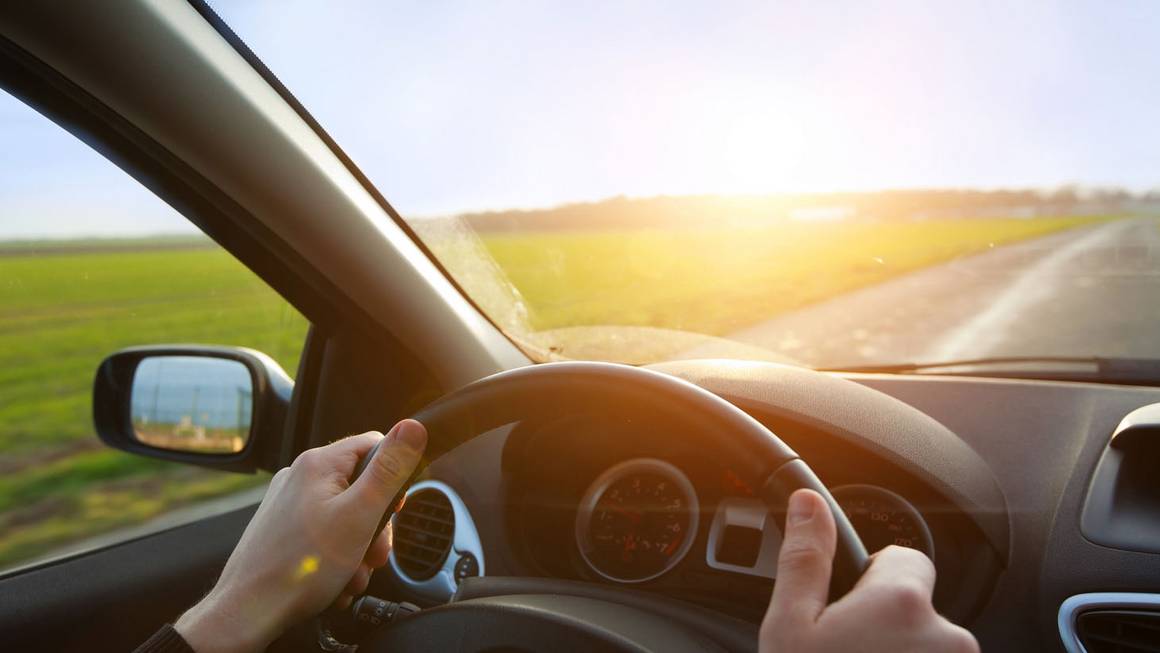Today, individual mobility in rural areas largely depends on private vehicle use, and this will remain so for the foreseeable future. To harmonise rural transport with climate policy requirements, however, private vehicles must be made more efficient, and the adoption of electric vehicle technology is the most promising option in this regard. The average distance people in rural areas travel is within the range of today’s batteries, and charging options at home or at work for the most part suffice.
Efficiency improvements are not the only way to mitigate climate change, however. The shift from personal vehicles to more environmentally friendly types of transport has been infused with new potential thanks to the possibilities of digital technology. These advances should be used to modernise public transport in rural areas and align services with general demand (rather than with the needs of schools). For instance, smartphone apps can be used to expand on-demand shuttle services. Such apps can also be used to book future fleets of driverless vehicles. Bookable anytime and anywhere, these vehicles can provide nearly the same comfort and flexibility of private vehicles while supplementing the typically rigid schedules of rural public transport systems. The income they generate can be used to finance existing bus transport systems, which are overly reliant on local subsidies for school transportation.





